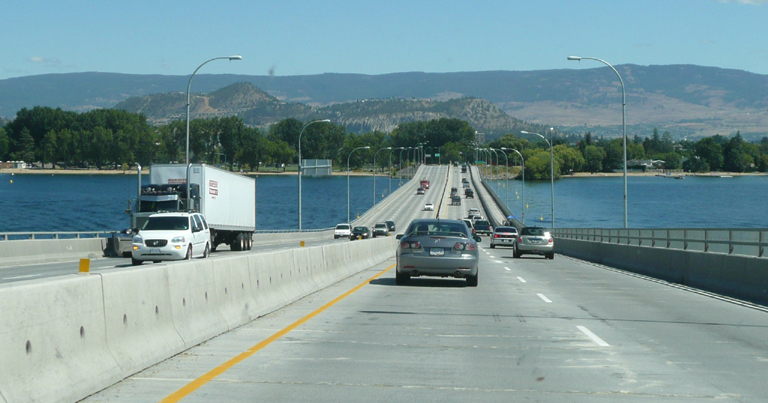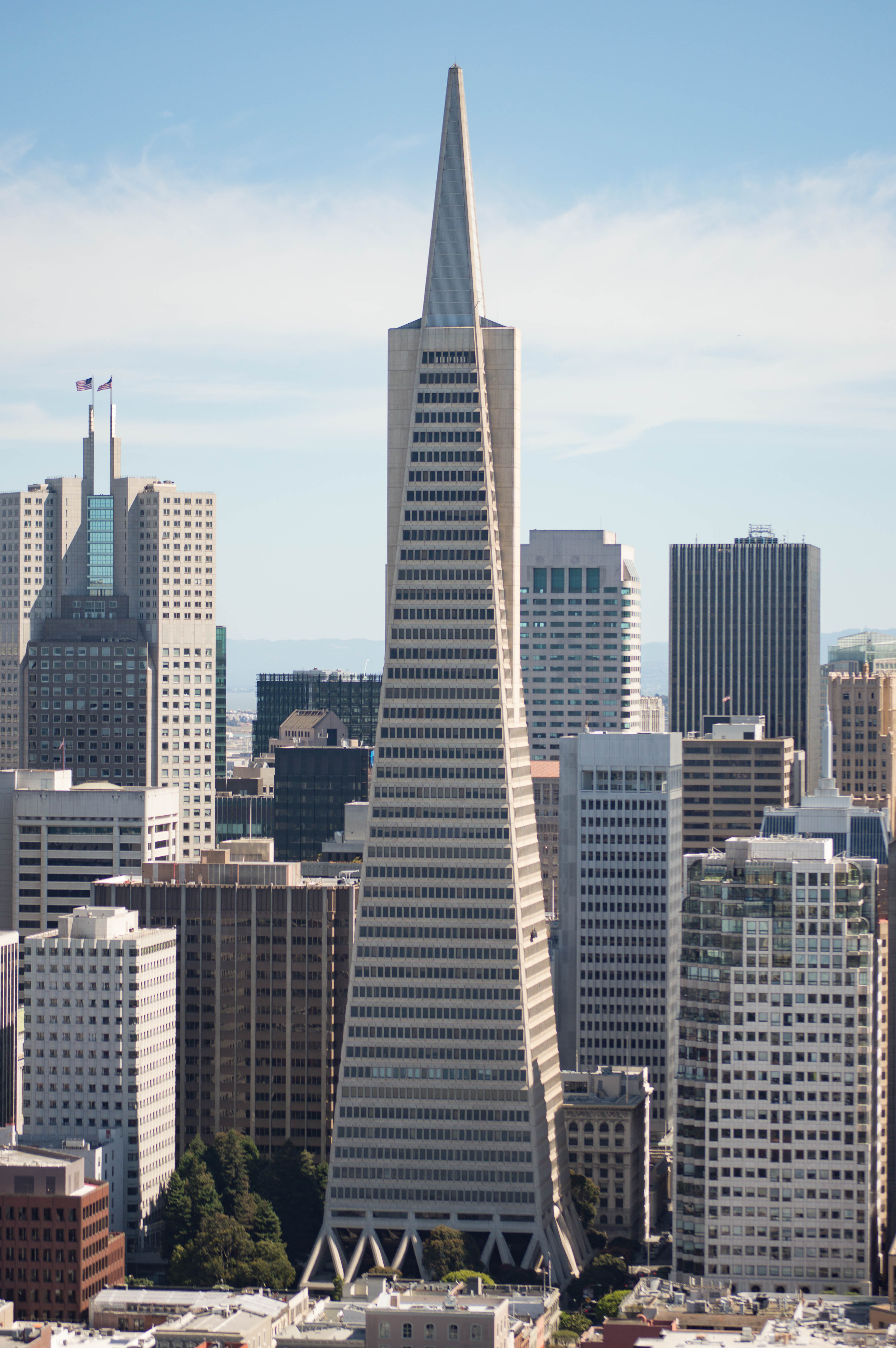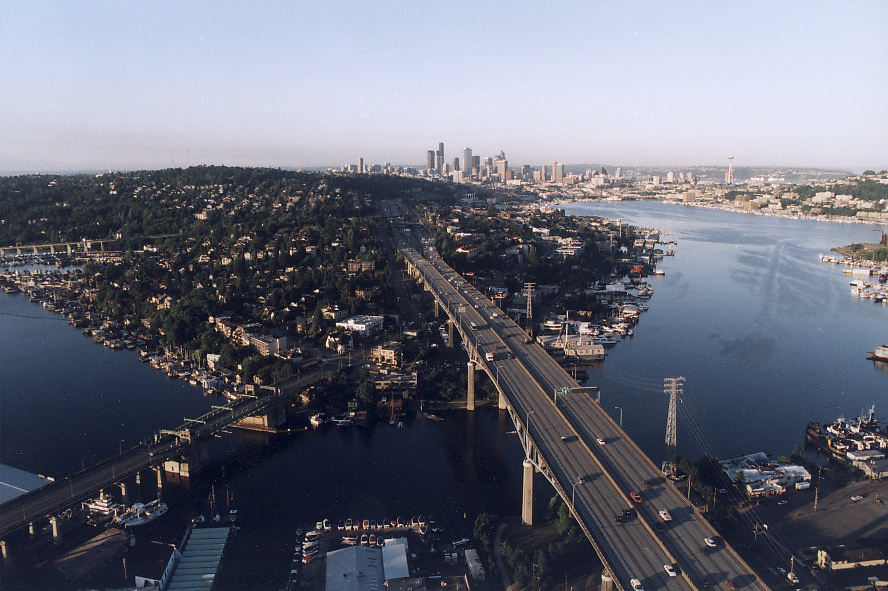Talk about a city that continually refuses to live up to its potential. Vancouver is an incredibly small city in total area. [ 123.63 km2 (47.73 sq mi) ]
The Metro_Vancouver_Regional_District_of_BC is more comparable to some of the larger cities on the planet. [ 2,878.93 km2 (1,111.56 sq mi) ] https://en.wikipedia.org/wiki/Metro_Vancouver_Regional_District
The Lower_Mainland_of_BC is more comparable to some of the larger urban & suburban regions of the world. Thus, there is a lot of potential for growth.
|
| • Total | 36,303.31 km2 (14,016.79 sq mi) |
|---|
https://en.wikipedia.org/wiki/Lower_Mainland
Yet, somehow so many things are continually underbuilt, as if to signify & perpetuate a KEEP THEM OUT agenda. Indeed, if you can't build a wall or generate a Star Trek or Star Wars like forcefield around BC, then you build a symbolically stunted transportation infrastructure. This helps to create more congestion & frustration. Of course one has to wonder where all the money has gone over the past several decades?
How did the KEEP THEM OUT agenda ever get started? How did the KEEP BC SMALL mentality become so firmly entrenched? That remains partially a mystery, but it's as if some kind of a vibe or energy has been continually been tapped into over the course of several generations. Somehow this thwarting force or mentality, never seemed to catch on with Alberta, Washington_(state), Ontario & Quebec...
1886 https://en.wikipedia.org/wiki/Vancouver#Incorporation
https://en.wikipedia.org/wiki/1886_Vancouver_anti-Chinese_riots (1886) A classic case of government & corporate mentality of the day, using one group of people over another.
https://www.hrw.org/news/2023/12/03/questions-and-answers-migrant-worker-abuses-uae-and-cop28#:~:text=Even%20though%20migrant%20workers%20primarily,Rights%20Watch%20has%20extensively%20documented. Unfortunately, this still happens all over the world.
Unlike so many big cities, Vancouver seemed to have a reoccuring backwater mentality right from the start. While Vancouver & Canada in general have become multicultural over the recent decades, a provincial backwater mentality was ideal for Vancouver, back in the day. The old White colonial mentality just didn't see indigenous & other non-white people as that important or even necessary.
https://en.wikipedia.org/wiki/Anti-Oriental_riots_(Vancouver) 1907 https://www.canadashistory.ca/explore/settlement-immigration/the-lessons-of-the-anti-asiatic-riot
https://en.wikipedia.org/wiki/Komagata_Maru_incident (1914)
Of course Canada, Australia & other White European colonies eventually had to accept that most of the world is non-white. Thus, maintaining a White Only Policy didn't fit in with the world's demographics.
https://www.canadashistory.ca/explore/settlement-immigration/not-just-immigrants
https://www.canadashistory.ca/explore/books/harriet-s-legacies
However, suppose that a gordian knot of overlapping restrictions, red tape & other B$, could gradually be imposed throughout the White BC of the 1950s & 60s. Then even more Vancouver & BC restrictions in the 1970s & 80s, in spite of multicultural immigration. Of course Southern Ontario & Southern Quebec grew rapidly, because that's where most of the urbanization-and-industry is in Canada. Then by the 1990s, Vancouver should have been building things to the scale of Montreal in the 1970s & 80s.
Instead, the first 2 Skytrain lines were built to only be about half the length of a Montreal Metro station & the 3rd line (the Canada+Line) with only 50 m stations. No bus bridges were ever built next to the existing narrow bridges. It's all about creating congestion, instead of properly planning to handle more capacity in BC.
"One was that superhighways created new traffic as much as they relieved old bottlenecks; by 1972 bypass highways like the 401 were multi-laned traffic jams of bumper-to-bumper vehicles at first during rush hours and eventually for almost the entire day.
Improving connections between the city and its outskirts only prompted more people to move away or use the roads more frequently.
The other problem was that freeways constructed in populated areas could be built only by tearing down existing housing and devastating neighbourhoods. An extended period of Toronto opposition finally managed to stop construction of a projected expressway in 1971, which brought to a symbolic end the period of unrestricted and unplanned expansion in the city. In Vancouver at about the same time, proposals to extend the Trans-Canada Highway into the city’s centre, virtually demolishing many neighbourhoods — including the traditional Chinatown district — were fought to a standstill. https://www.canadashistory.ca/explore/arts-culture-society/home-sweet-suburb
https://www.vancouverisawesome.com/real-estate-news/vancouver-one-of-the-most-resilient-cities-for-commercial-real-estate-8561663
https://dailyhive.com/vancouver/800-granville-street-vancouver-proposal-office-cancelled Yet, once again, another project was cancelled, due to the slow planning & processing pace of the city.
https://jfdatalinks.blogspot.com/search?q=SkyTrain-Canada+Line
https://jfdatalinks.blogspot.com/search?q=old+and+new+narrow+bridges
















